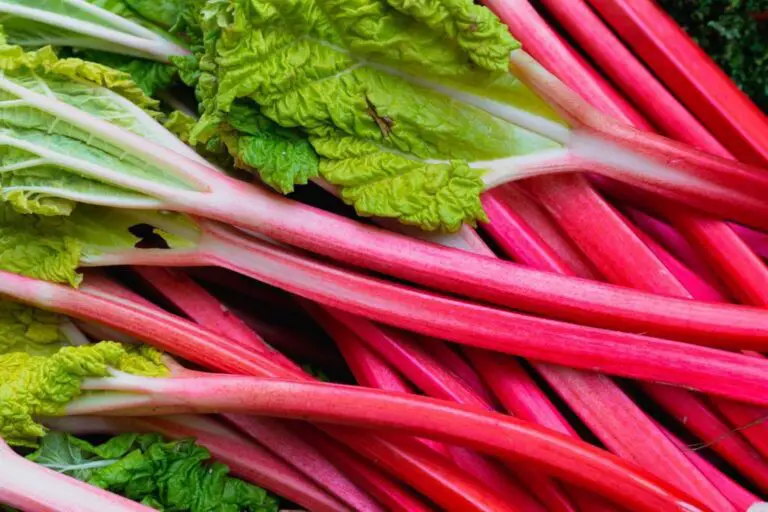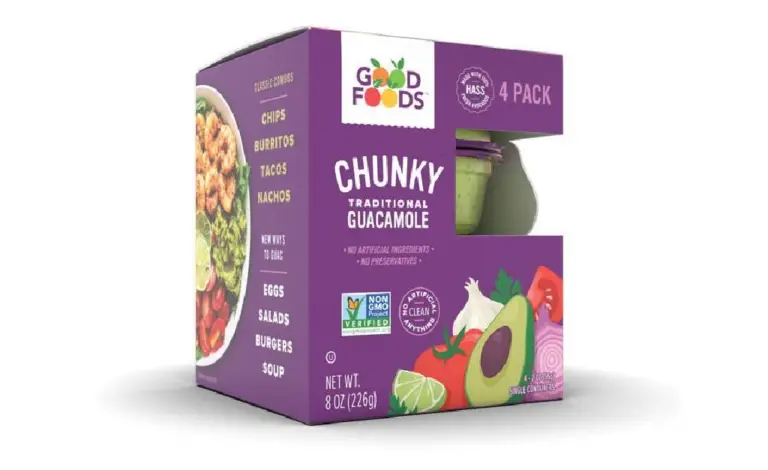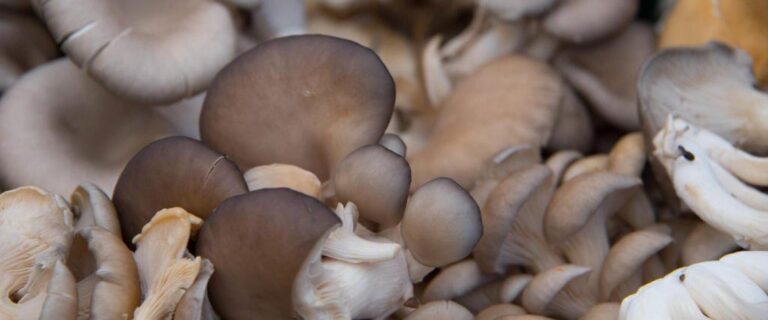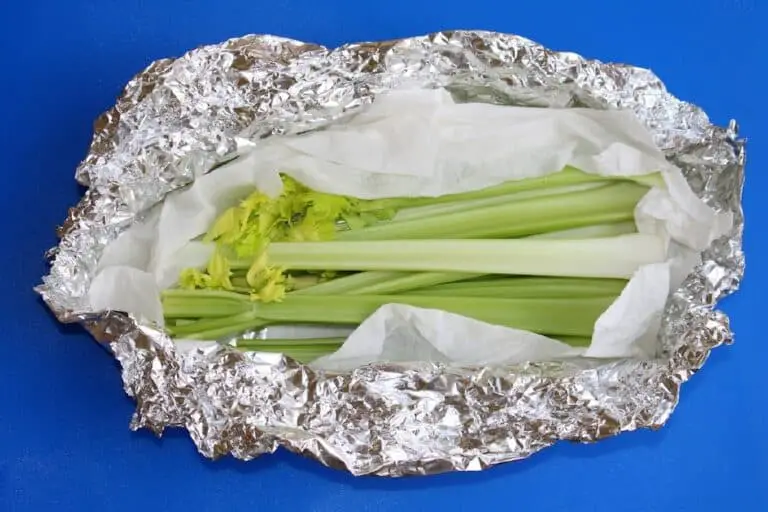Can You Eat Fava Bean Skin and Pods? Are They Safe to Eat?
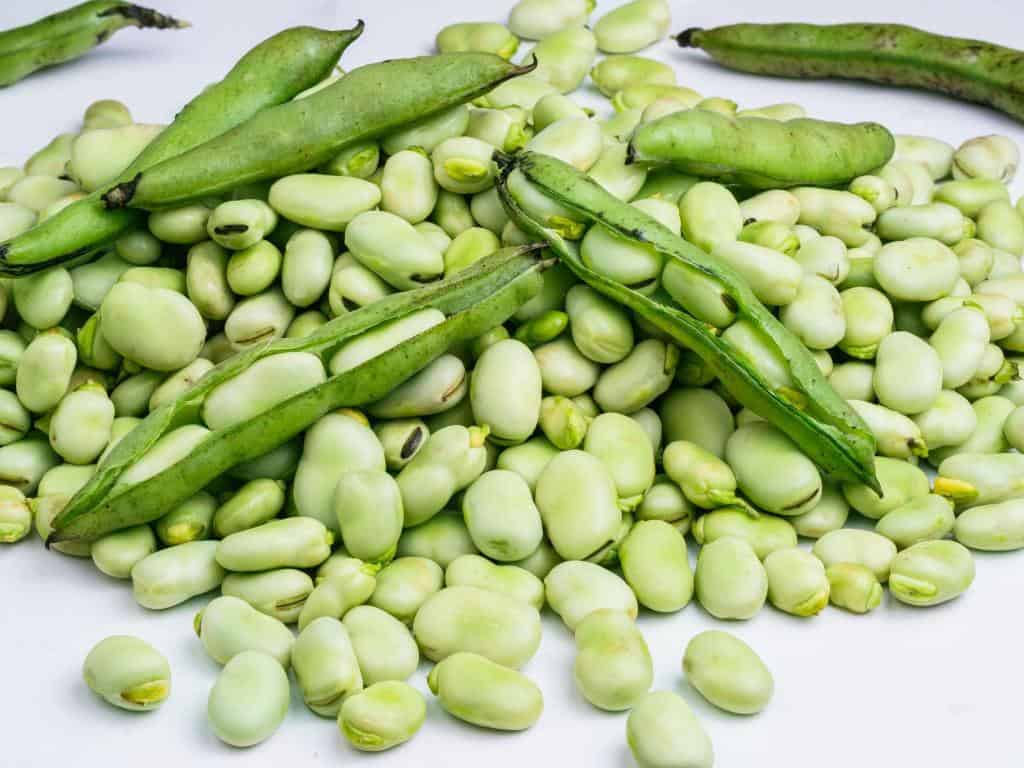
In the exciting world of food, fava beans are a versatile gem that can be found on plates and in mouths all over the world. But as the kitchen curtains rise, an intriguing question emerges: Can you eat the tender fava bean skin and pods?
Yes, you can eat the tender fava bean skin and pods. When fresh fava beans are very young, they can be eaten whole, pod and all. Small fava beans also do not need their outer coat peeled and can even be eaten raw.
Get ready to go on a culinary journey that will not only reveal the answer but also the secrets of how to turn these often-overlooked ingredients into tasty treats.
As we navigate the world of fava beans, we’ll navigate the delicate balance between taste and safety. Together, we’ll explore the nuances of preparation, savor the nutritional riches they offer, and lay to rest any doubts about their consumption.
So, fellow food enthusiasts, fasten your apronstrings, and let’s venture into the realm of fava bean skin and pods to uncover the culinary wonders that await.
Introduction to Fava Beans and Their Edibility
Fava beans, also scientifically referred to as Vicia faba, are intriguing legumes characterized by their substantial size and uniquely-shaped pods. With a rich historical background dating back thousands of years, they have secured their place in culinary traditions worldwide.
Their allure lies in their delightful combination of a creamy, buttery texture and a distinct earthy flavor, making them a versatile ingredient in a multitude of dishes.
When it comes to the edibility of fava beans, the primary question revolves around their skin and pods. Fava beans consist of three main components: the outer pod, the tough skin encasing each bean, and the inner bean itself.
While the outer pods are typically not consumed due to their fibrous and tough nature, the inner beans, once removed from their skins, are entirely safe and enjoyable for consumption. This means that to savor the deliciousness of fava beans, you’ll need to shell them first, revealing the tender, flavorful beans hidden within.
In the culinary world, fava beans can be used in various ways, enhancing the taste and texture of dishes like soups, stews, salads, and dips. The process of shelling these beans may seem laborious, but the reward is well worth it, as it unlocks their delectable potential.
So, if you’re eager to explore the world of fava beans, remember that it’s the inner beans that steal the spotlight, offering a rich, earthy taste and a creamy texture that can elevate your culinary creations to new heights.
Nutritional Content of Fava Beans, Skin, and Pods
Fava beans are a nutritional powerhouse, loaded with protein, dietary fiber, vitamins, and minerals. The beans themselves are the primary edible portion, cherished for their protein content and various nutrients, including folate, iron, and magnesium. But what about the fava bean skin and pods? These parts also offer nutritional value, albeit with some differences. Let’s break down the nutritional content of each:
| Nutrient | Fava Beans (Edible Portion) | Fava Bean Skin and Pods |
| Protein | High | Moderate |
| Dietary Fiber | Moderate | High |
| Vitamins (e.g. B6) | Present | Present |
| Minerals (e.g. Iron) | Present | Present |
Comparing the nutrient content between fava beans and their skins or pods reveals that both parts have their own unique nutritional benefits.
Culinary Uses of Fava Bean Skin and Pods
In many culinary traditions, fava beans are revered not just for their beans but for their skin and pods as well. These components are often used creatively in diverse dishes. For instance, in Mediterranean cuisine, young fava bean pods are sometimes sautéed and enjoyed as a delicacy. In some regions, the skin is left intact when cooking fava beans, adding a slight bitterness and a vibrant green hue to the dish. To prepare fava bean skin and pods, blanching them briefly can help make them more palatable and tender.
Potential Benefits and Drawbacks of Eating Fava Bean Skin and Pods
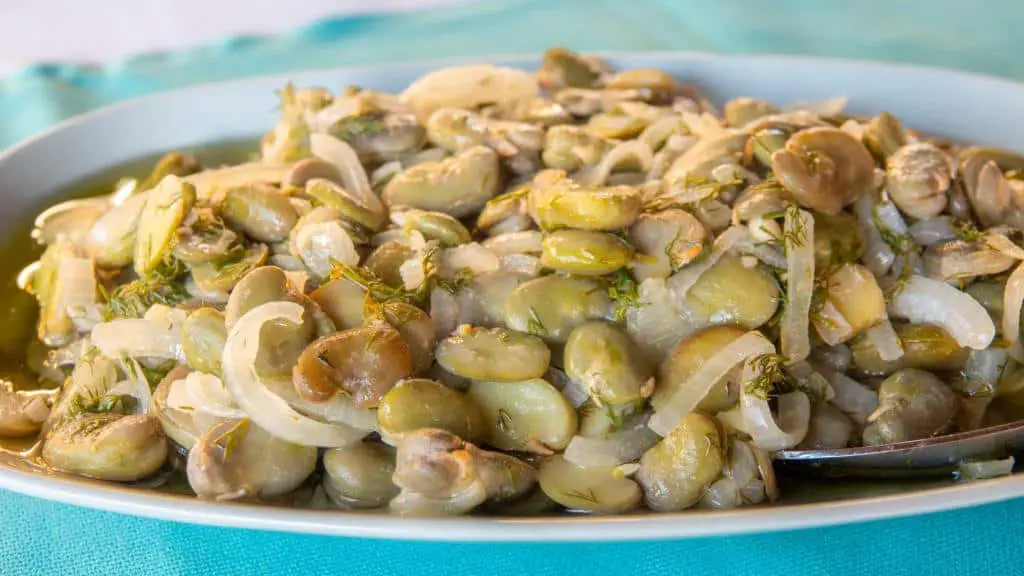
Consuming fava bean skin and pods can offer potential health benefits. These parts are rich in dietary fiber, which supports digestive health and can aid in managing cholesterol levels. Additionally, fava bean skin and pods may contain antioxidants and certain vitamins that contribute to overall well-being.
However, it’s crucial to note that fava beans, including their skin and pods, also contain compounds called lectins and tannins. While these compounds are usually not harmful when consumed in moderation, they might cause discomfort for some individuals, especially if eaten in excessive amounts. Cooking fava bean skin and pods can help reduce the levels of these compounds.
Are Fava Bean Skins and Pods More Nutritious Than the Beans?
Fava bean skins and pods are said to be more delicious than the beans themselves. The skins of fava beans have an earthy flavor that adds to the taste of the beans. Peeling the skins of fava beans is not recommended, as it removes much of the earthy flavor that makes them delightful. The pods of fava beans are also edible and are said to taste better than the beans themselves.
People from all over the world eat the beans, which have a slightly sweet and earthy flavor. The flavor of fava beans depends on their size and freshness. Smaller fava beans are the sweetest, while larger beans taste earthier.
Safety Concerns and Precautions
Both fava bean skin and pods are safe to eat, provided they are prepared correctly. Safety is a paramount consideration when it comes to consuming fava bean skin and pods. Like many other plants, fava beans contain naturally occurring compounds that might be toxic if consumed in large quantities.
One such compound is vicine, which can trigger a condition known as favism in individuals with a certain genetic predisposition. This condition can lead to symptoms like hemolytic anemia.
To ensure safe consumption, it’s recommended to blanch or cook fava bean skin and pods before eating them. Cooking helps break down potentially harmful compounds and enhances the overall flavor and texture. If you have a history of favism or any concerns about consuming fava beans, consult a healthcare professional before incorporating them into your diet.
Fava Bean Allergies and Sensitivities
While fava beans are a nutritional treasure trove for many, they can be a source of concern for individuals with allergies. Fava bean allergies, though relatively uncommon, do exist. The proteins in fava beans may trigger allergic reactions in sensitive individuals. However, an intriguing question emerges: Do fava bean skin and pods possess the same allergy-inducing potential as the beans themselves?
Some individuals who experience mild allergic reactions to fava beans might wonder if the skin and pods could be a safer option. In truth, the allergenic compounds are likely to be present throughout the plant. This means that if you have a fava bean allergy, the skin and pods might still trigger a reaction. It’s crucial to exercise caution and consult with a medical professional before incorporating any fava bean components into your diet.
WARNING
Tips for Allergies: If you’re allergic to fava beans or suspect sensitivity, it’s wise to avoid all parts of the plant, including the skin and pods. Opt for alternative protein and fiber sources that suit your dietary needs. Always read labels carefully, as fava beans and their derivatives might appear in unexpected places.
Culinary Experiments and Modern Innovations
The culinary world is constantly evolving, with chefs and home cooks alike pushing boundaries and experimenting with ingredients. Fava bean skin and pods are no exception to this creative exploration. Contemporary chefs are finding new and exciting ways to integrate these often-overlooked parts into their culinary creations.
Creative minds have given rise to innovative recipes that feature fava bean skin and pods as stars of the show. Think of fava bean skin as a wrapper for delectable fillings, adding an earthy twist to dumplings. Or envision fava bean pod pickles as a unique addition to charcuterie boards, offering a crisp and vibrant contrast.
It’s not just professional chefs who are embracing fava bean skin and pods in their kitchens. Enthusiastic home cooks are stepping into the culinary spotlight, experimenting with various cooking methods and preparations. From skin-infused oils to pod-based broths, the possibilities are as diverse as the culinary imagination.
Conclusion
Fava beans, with their skin and pods, present a captivating culinary journey for those willing to explore beyond the ordinary. While the skin offers an intriguing experiment in taste and texture, the pods bring a refreshing nutrient boost to your plate. Both aspects, when treated with care in the kitchen, can elevate your dining experience and contribute to a more sustainable approach to cooking.
So, the next time you’re faced with a batch of fava beans, consider embracing the skin and pods in your culinary escapades. Your taste buds and body might just thank you for the flavorful adventure and the nourishing nutrients they bring to the table.
FAQs on Consuming Fava Bean Skin and Pods
Can you eat fava bean pods?
Yes, fava bean pods are edible, but they need to be properly prepared to ensure a pleasant texture and taste.
How do you prepare fava bean skin for cooking?
To prepare fava bean skin, blanch the pods in boiling water for a minute, then shock them in ice water. Gently peel the skin from the beans.
Are fava bean pods edible raw?
Fava bean pods are typically tough and fibrous when raw, so they are commonly blanched or cooked before consumption.
What are the potential health risks of eating fava bean skin and pods?
While generally safe, consuming large amounts of raw or undercooked fava bean skin and pods might lead to digestive discomfort due to their high fiber content.
Is it safe to eat fava bean skin and pods?
Yes, it’s safe to eat properly prepared fava bean skin and pods. Cooking or blanching helps reduce any potential risks.
Can eating fava bean skin and pods cause allergies?
Fava beans, like other legumes, can trigger allergies in some individuals. It’s advisable to be cautious if you have a history of legume allergies.
What are some popular dishes that incorporate fava bean skin and pods?
Fava bean skin and pods are used in Mediterranean cuisine in dishes like “ful medames” and “broad bean risotto.” They add a unique texture and flavor to these recipes.



